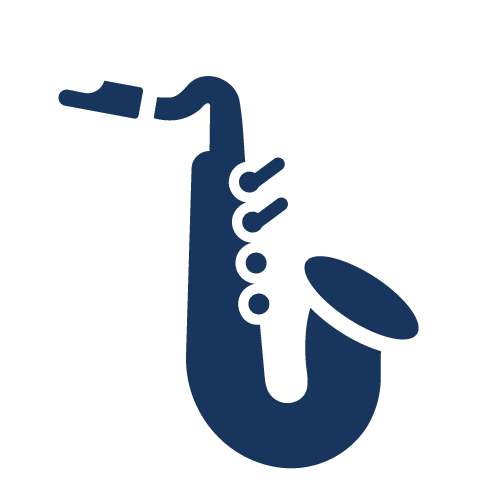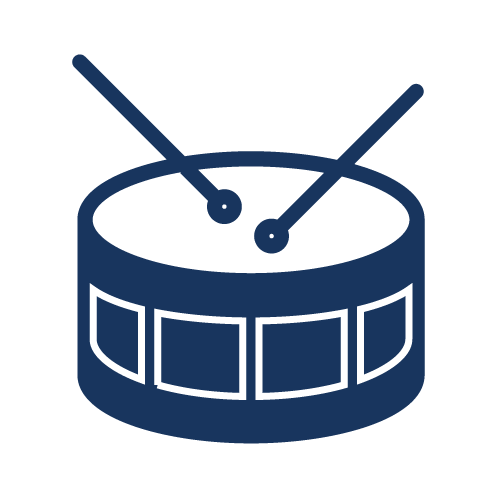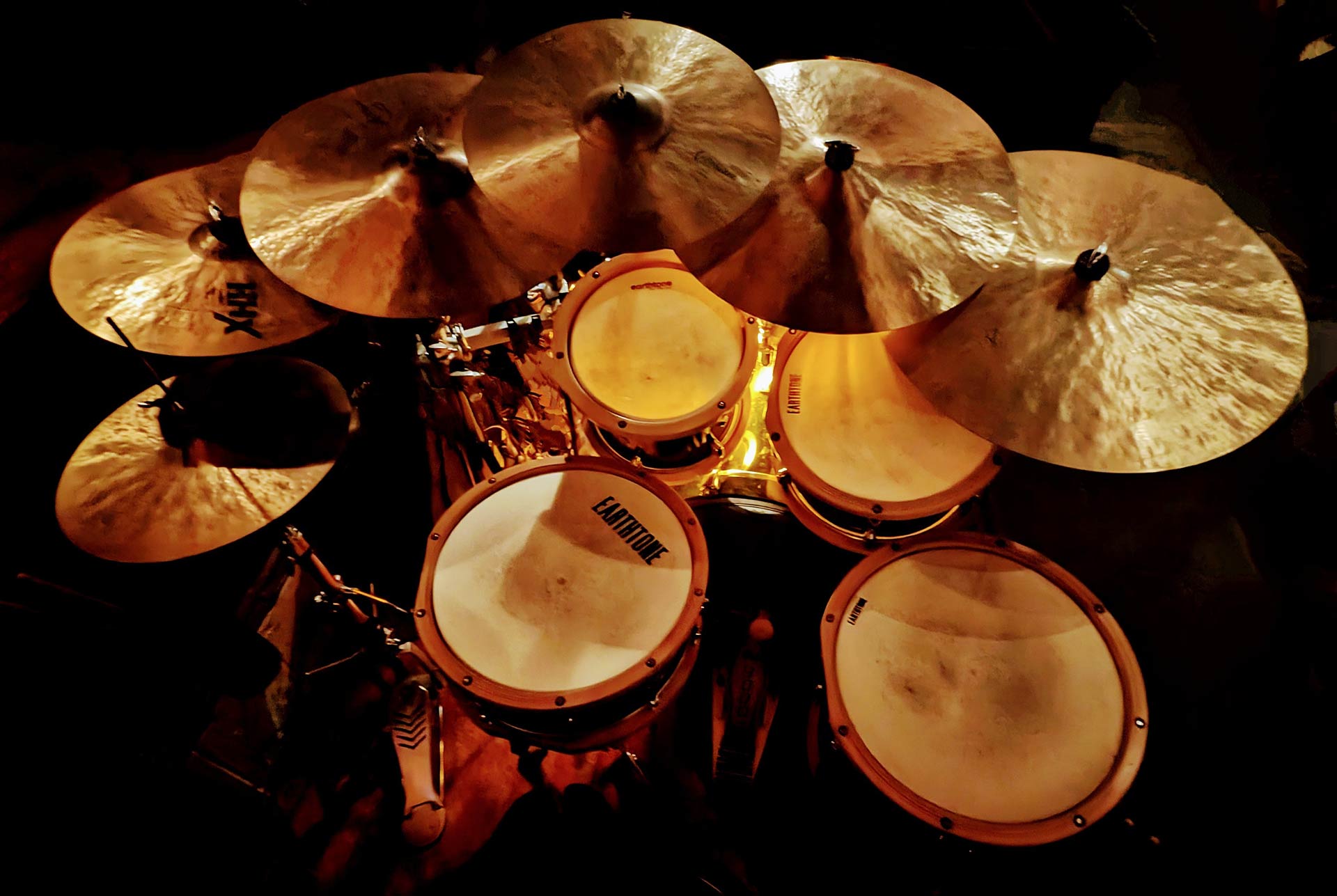New Orleans Jazz

BOOK A BAND

Jazz Wedding

Drum Lessons
Book A Band
Booking or hiring a band for your event is a game changer. Regardless of the size of your event, we have done it. Our solo to full band performers have performed for audiences of 5 people to over 10,000.
 In 2017 we celebrated 100 years of recorded jazz. The historical timeline, below, helps understand an overview of jazz styles. All of these styles interlink, blend and progress. We offer jazz bands that specialize and fit into each of these “styles.†They can perform one specific style or a mix of many.
 Performances with our bands performing New Orleans jazz:
 Everglades Club, Palm Beach, FL (8 years of annual performances), Venice, Italy (private performance), Rimini, Italy (jazz festival), Sandviken Jazz Fest (Sweden), Imatra Big Band Festival (Finland), Storyville Happy Jazz Club (Finland), Waterfront Hall, Belfast, Ireland, Cork Opera House, Cork, Ireland, Sao Paulo, Brazil (Concert Hall – Americas), Istanbul, Turkey (Intercontinental Hotel), Trapani, Italy (Jazz Festival), Yokosuka, Japan (Christmas Concert), Buenos Aires, Argentina (NOLA jazz and food experience), St. Catherine’s, Ontario, Canada (Parade), Campeche, Mexico (jazz festival – opening act for 4 years leading up to Covid!), Dublin, Ireland (private events), Edinburgh, Scotland (jazz festival), and many, many more.
Contact us today to hire a unique New Orleans band for your event
Jazz Bands:
Garden District Band
Trio, Quartet, Five-piece or larger
Strolling Jazz Bands:
New Orleans Spice Brunch Ensemble
Jazz Brunch style
(Solo, Duo, Trio, Quartet)
Brass Band​:
New Orleans Spice Brass Band
2nd-Line
Big Band:
New Orleans Garden District Jazz Orchestra
(Performing a select library of classic Big Band arrangements)
Trad Jazz:
Onward Diplomat Jazz Band
(A specialty New Orleans Trad/Dixieland Jazz Band)
History of Jazz
A jazz history performance is a unique experience.
Jazz History is musical, creative, inspiring, amazingly complex and uplifting.
Reach out for additional information and add this unique performance to your intimate corporate event, private function, or large conference.
Concert performances to touring:
Concert performances to touring:
We have completed so many performances. Working with a company you can trust is vital. We know how to fine-tune details to be certain the band members make it from their home to your performance and back. Our goal is for the band members to arrive safely, securely and provide a high-quality performance for you and your event.
Send us details for your event to start the booking process.
Drum Lessons:
David Hansen
musician, bandleader, composer, writer/(BMI)
BOOK A LESSON
$35 per half hour
(Pay with Venmo, PayPal, Chase Zelle, cash or check)

